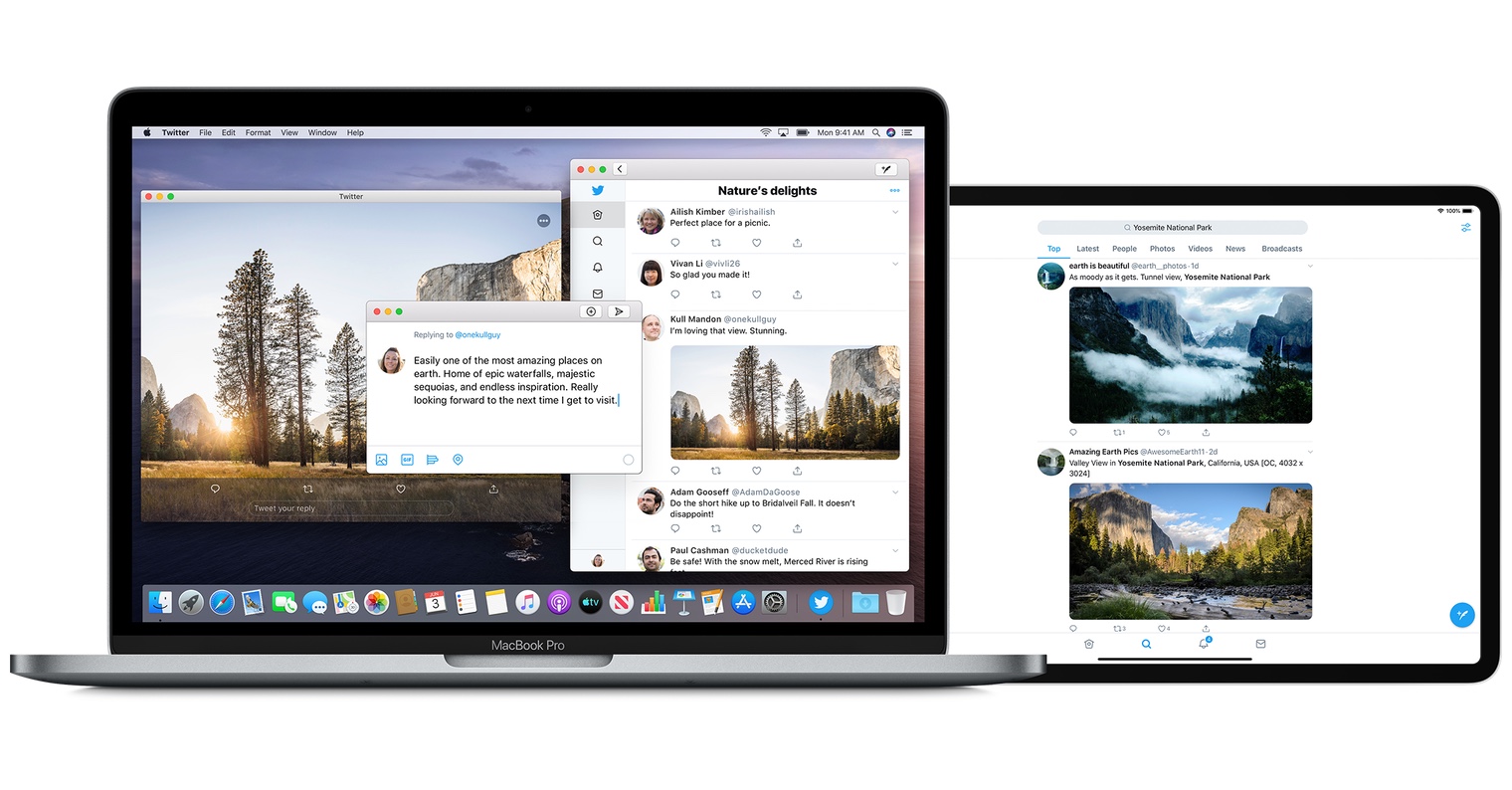The Catalyst platform had one single mission. Make it easy for developers to port their iPadOS apps to Mac. Within the platform, it was enough for them to tick one offer, and the given application was written not only for the mobile but also for the desktop system. The advantage was obvious, because there was only one code, editing which modified both applications. But now it all makes no sense.
Mac Catalyst was introduced together with macOS Catalina in 2019. Among the most famous applications ported from iPad to Mac by it is undoubtedly Twitter. As part of macOS, the latter discontinued its client in February 2018. However, using this platform, the developers returned it to the Apple desktop in the most simple form. Other applications ported in this way include e.g. LookUp, Planny 3, CARROT Weather or GoodNotes 5.
It could be interest you

The situation with Apple Silicon
So the company introduced this promising feature just a year before Big Sur arrived and before Apple Silicon chips arrived. And as you know, it is precisely on computers with these ARM chips that you can launch applications from iPhones and iPads quite easily. You can find them directly in the Mac App Store and install them from there. Although there is a possible catch with correct control, especially if the titles offer unique touch gestures, in the case of applications it is not as much of a problem as it is with games.

Of course, it's up to the developers to spend some of that time tweaking (or not providing their Mac app at all), but even so, most mobile titles are actually usable on desktop. And therein lies the stumbling block. So does the "catalyst" still make sense? For computers with Intel processors, yes (but who else would bother with them?), for a developer who wants to give the user the maximum user experience, yes, but for most ordinary developers, no.
In addition, there is generally a declining trend of adding new titles to the App Store on macOS. Developers offer the more specialized one rather through their own websites, where they do not have to pay the appropriate commissions to Apple.
 Adam Kos
Adam Kos
It is not true that it would be forgotten, but it is difficult to port applications to macCatalyst.. it is not enough to just check the box, you need to have all dependencies available either as source codes or to have available dependencies pre-built for the given architecture, which, however, is not the same as the architecture for ios.. e.g. webrtc currently does not have official full support.. and that is only one of many main frameworks.. it is slowly adapting a lot of other dependencies..